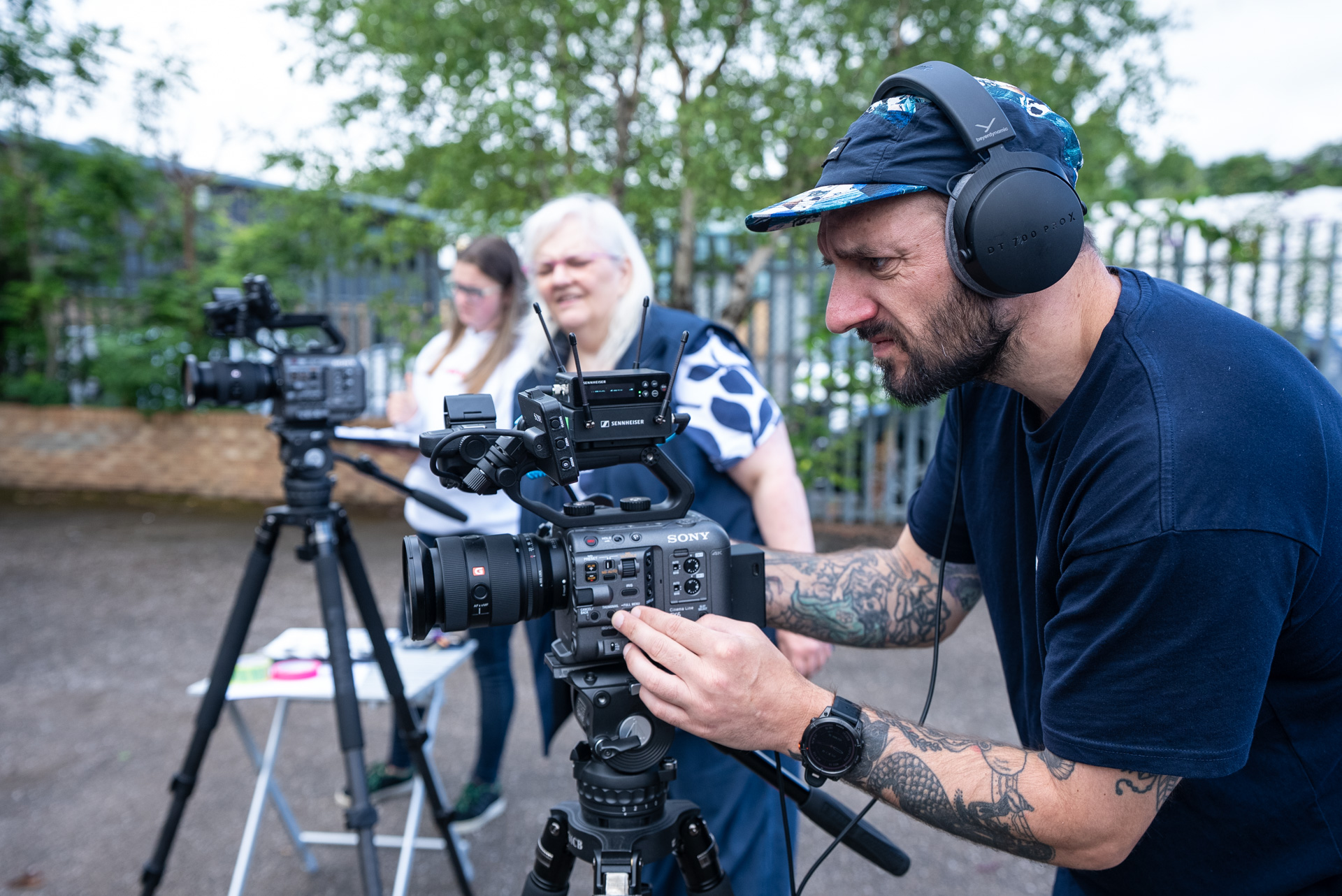It's easy to view engineering and veterinary medicine as two separate worlds, each orbiting in its own professional galaxy. However, if we scrutinise them, we see a fascinating overlap where the systematic approach of engineering aids the compassionate care of animals. Veterinary medicine, with its diverse needs, has often reached out to engineering to create solutions. One such solution is the world of veterinary photography.
Deep Dive into the Role of Engineering in Veterinary Medicine
Veterinary medicine, while focused on animals, has complexities that rival human medical practices. Every species, be it a cat or a cow, has unique medical requirements. Meeting these requires a blend of biological understanding and technological assistance, and that's where engineering steps in. The heart of engineering is about solving problems, creating tools, and enhancing efficiencies. By crafting specialised equipment and integrating innovative techniques, engineering supports veterinary medicine to achieve its goals with greater accuracy.
Let's delve into the realm of veterinary photography. Animals don't always cooperate like human patients. They move, they're often scared, and they come in varied sizes and shapes. Capturing a high-resolution image of a restless pet or a wary wild animal isn't a walk in the park. Engineering steps in to address these challenges. Advanced imaging devices, crafted with precision engineering, cater to the diverse needs of animal healthcare.
Whether it’s capturing the intricate details of a bird's feather, the muscles of a galloping horse, or the heartbeat of a tiny hamster, veterinary photography becomes a breeze with engineered devices. The result? A clearer insight into the animal's health ensures that nothing is overlooked.
Engineering's Footprint in Diagnostics and Treatment
However, the influence of engineering in veterinary medicine is not just limited to photography. Once an image is captured, the real work begins. Software tools, another marvel of engineering, are employed to delve deeper into these images. A simple photograph can reveal a wealth of information. Specialised software might point out slight discolorations, patterns, or anomalies that the human eye might overlook.
This could be indicative of early stages of inflammation, infections, or other health issues. Through these software applications, vets can not only diagnose but also strategize the best treatment plans, making the process streamlined and effective.
Moreover, the surgical arena in veterinary medicine is vast. From minor surgeries to major operations, the need for precision is paramount. It's not just about the size, but also the functionality. An instrument for cat surgery might need to be nimble, while one for a horse is robust and sturdy.
Engineering ensures that these tools are not just fit for purpose but also safe. Every scalpel edge, every surgical light, and even the operating table are often products of meticulous engineering, designed to ensure the safety and comfort of the animal, while also facilitating the veterinarian's job.
Monitoring and Tracking
Another area where engineering makes a significant impact is in the monitoring and tracking of animals. Especially in the case of wildlife or farm animals, tracking movements, health metrics, and behavioural patterns is crucial. Engineering provides solutions in the form of wearable devices, sensors, and related software applications. These tools, combined with veterinary photography, offer a holistic view of an animal's health and environment.
Education and Training
Veterinary students benefit greatly from engineering as well. The introduction of virtual reality (VR) in veterinary education is a testament to this. Through VR, students can get a virtual hands-on experience of surgical procedures, and diagnoses, or even delve into detailed veterinary photography sessions. This not only makes learning more interactive but also prepares them for real-world challenges.
Where the Future Lies
As technology evolves, we can anticipate even closer ties between engineering and veterinary medicine. Robotics, artificial intelligence, and advanced imaging will further redefine the boundaries of what's possible in animal healthcare. Veterinary photography, too, will see innovations, possibly venturing into realms like 3D imaging or real-time video analysis.
For those in the engineering domain, this presents a plethora of opportunities. Whether it's developing the next generation of imaging devices, creating software for image analysis, or innovating in the world of veterinary wearables, the possibilities are boundless.
Conclusion
The interplay between engineering and veterinary medicine is a testament to how interdisciplinary collaboration can lead to profound advancements. While the significance of veterinary photography is just one example, it underscores the broader narrative. By marrying principles from both fields, we're not just enhancing the quality of animal healthcare; we're also paving the way for innovations that were previously thought to be beyond reach. As we look forward, it's clear that the fusion of these domains will only deepen, ushering in an era where technology and medicine walk paw in paw.



